8 "Health" Foods That Are Actually Unhealthy
Take a stroll down any health food store aisle and you might be bombarded with catchy labels that scream "Fat Free," "No Sugar Added," or "Zero Calorie," but what the food manufacturers don't want you know is these misleading statements are guiding you to some very poor food choices. If you truly want to eat more healthfully, you must become an expert at weeding through all the tricky lingo to discover what's still lurking inside.
The truth is, some "health" foods aren't actually that good for you and some are downright harmful.
8 "Health" Foods That Are Actually Unhealthy
Making the choice to eat a more healthy diet can be exciting, but it's important to remember that not all "health" foods are created equal. Some claim to be a smart alternative to an otherwise unhealthy product, but take these assertions with a grain of salt (pun intended).
We all know that processed sugars and fried food are obvious no-no's, but you may be surprised to learn that many supposedly “healthy” products are just as bad. Don’t worry, though—we're going to help you sort through the not-great and the downright unhealthy.3
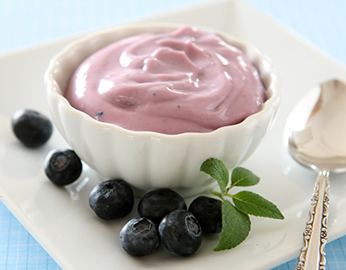 X
X1 Frozen Yogurt
This seemingly healthy snack can contain added sugar, especially those that include berry fillings. Despite the probiotic claims brands make, it doesn’t contain enough diverse strains to maintain your digestion by itself.
Verdict: Downright unhealthy
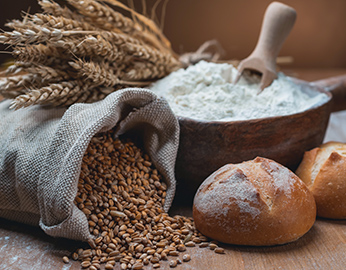 X
X2 Wheat
While whole wheat products are better than their overly processed counterparts, they still contain added sugar. Additionally, those that are advertised as multi-grain may not include as much wheat byproducts as promised.
Verdict: Not great
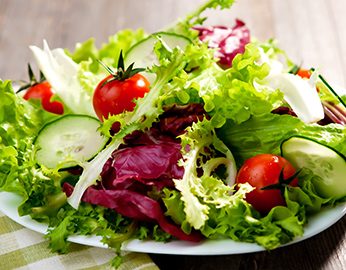 X
X3 Salads
Not all salads are created equal. Iceberg lettuce is high in water content, but lacks nutritional value. Worse, fast food salads contain the same calorie count as a burger.
Verdict: Not Great
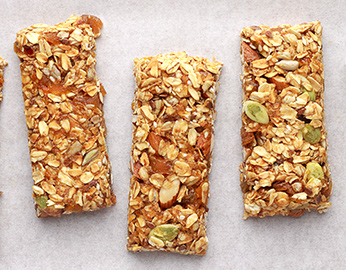 X
X4 Energy/Protein Bars
Most energy bars are disguised as healthy snacks, but they do more harm than good. One bar can contain over 350 calories. Worse, they contain artificial ingredients, sugar, and can possess up to 43 grams of carbohydrates.
Verdict: Downright unhealthy
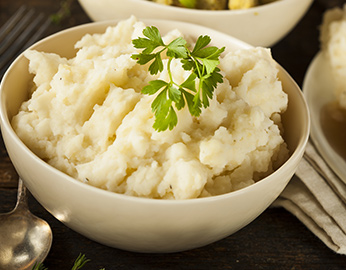 X
X5 Mashed Potatoes
In their natural state, potatoes contain tons of fiber and vitamins, but these nutrients are all contained in its peel, which is usually lost when mashed.
Verdict: Not Great
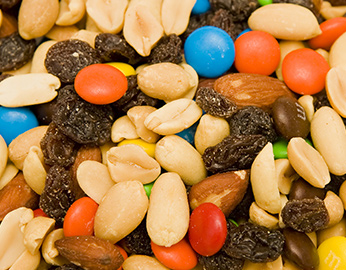 X
X6 Trail Mix
This common snack contains a high sodium and fat content, thanks to the salted nuts and added sugars in the M&M’s.
Verdict: Downright unhealthy
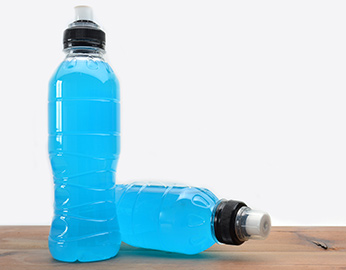 X
X7 Sports Drinks
While they’re advertised to replenish lost electrolytes, we recommend avoiding them unless you’ve just exercised. Otherwise, they can increase your sugar and sodium levels, which can alter insulin sensitivity.
Verdict: Downright unhealthy
 X
X8 Agave Nectar
Agave is a natural sweetener designed to be a healthy sugar alternative. However, this syrup contains high calories and 70-80% fructose, which is more than found in most corn syrups.
Verdict: Downright unhealthy
It may seem silly, constantly worrying about portion sizes and decoding nutrition labels, but the real truth is that we’re eating for more than just ourselves. We’re eating to feed our microbiome and its vast army of microbes, which we depend on to stay alive. And our microbiome is counting on us to be mindful about our eating habits because they eat what we eat, and if they’re healthy, we’re healthy.
Are You Accidentally Ruining Your Gut?
Many of us think that we know what healthy food is, but we are commonly misled by the food industry. A Nielsen survey recently revealed that nearly 59% of consumers have a hard time understanding nutrition labels, which opens the door to manufacturers who want to deceive us with misleading terms like “fat free” or “all natural”.1
The fact is that a great deal of “healthy” food on the market contains processed sugar, artificial coloring, and other harmful additives. These ingredients can wreak havoc on our digestive health, causing indigestion and bloating, and can lead to more serious problems like irritable bowel syndrome and even cancer.
Thankfully, you can take back control of your health by understanding the most common tactics manufacturers use to trick you into buying their product.

Start Reading Food Labels Like a Pro
Food labels can be downright confusing, especially when they list strange ingredients and acronyms. It’s no wonder that many of us misread the labels and incorrectly assume that we’re buying something healthy.
If you’re hoping to improve your label-reading game, get familiar with these three tricks below to make sure you don't fall for them.
Trick #1: “Reduced” is always a good thing
“Reduced” only means that the product contains 25 percent less of the unwanted ingredient than the original version, but that can still mean large quantities of that ingredient are still present. When you see "Reduced Fat" on potato chip packages, for example, you are still probably eating way more fat than you need. Also, when reducing one ingredient, like fat, they generally increase another, like sugar, to ensure that your "reduced fat" cookie still tastes delicious.
Trick #2: There are 14 servings in that chocolate bar
Many products that appear to be only one portion—like a bar of chocolate or a small bag of pretzels—may actually be two or more. The only way to know that you’re not eating more than one serving is to check the number of portions on the nutrition label. If you do eat the whole package, you need to multiply the number of listed calories, carbs, and sugars with the number of servings. That adds up quickly.
Trick #3: Words like “Free” and “Zero” are just empty promises
According to Shape.com, “Labeling laws allow foods with less than .5 grams (500 milligrams) of trans fat per serving to be labeled trans fat free, or say zero grams.” Think about it: 500 milligrams is the size of most common supplement capsules, so you're taking a daily supplement of artery-clogging trans fat with every serving of a “zero grams trans fat” product.
You Are What You Eat
What are microbiomes, anyway and why do they matter?
Fun Fact: 90% of the cells in your body aren’t actually yours.
They’re bacterial, and as you might guess, they play a huge role in your health.
These microbes make up gastrointestinal/bacterial communities known collectively as your digestive microbiome. Keeping your microbiome balanced with the right amount of both good and bad bacteria is essential to maintaining overall health.
Unfortunately, despite the digestive microbiome’s vital role in our overall health, it still remains one of the most overlooked areas of personal health. We hardly pay any attention to causes of digestive issues until it is too late. Our “go-to” plan of action tends to be focused on symptomatic relief rather than treating the cause.
Most of the time, however, we don't even realize our microbiomes are dangerously out of balance until more serious conditions arise. You may be harming your gut right now without even knowing it, and later on, diseases that affect far more than your digestive system can spread throughout your body. Keep reading to learn the common ways we harm our gut, and discover how to avoid becoming another statistic.
5 Ways You Are Harming your gut >>
-
http://www.nielsen.com/us/en/press-room/2012/fifty-nine-percent-of-consumers-around-the-world-indicate-diffic.html
-
http://www.shape.com/blogs/weight-loss-coach/5-nutrition-label-tricks-avoid
-
https://authoritynutrition.com/how-to-read-food-labels/
-
http://www.livestrong.com/article/473131-how-much-protein-powder-should-i-drink/
*These statements have not been evaluated by the Food and Drug Administration.





